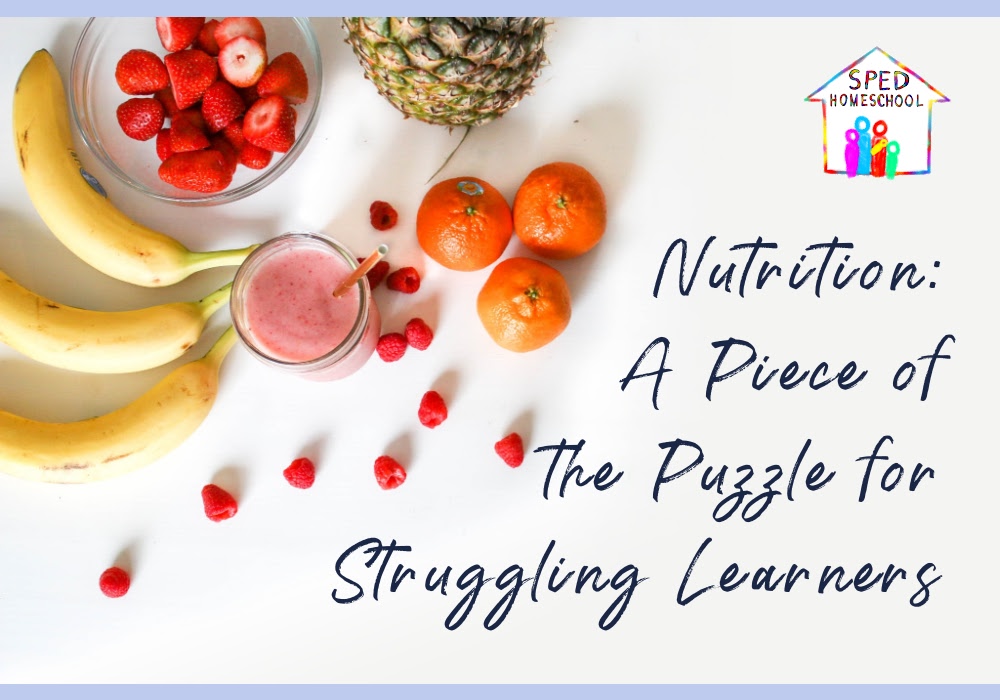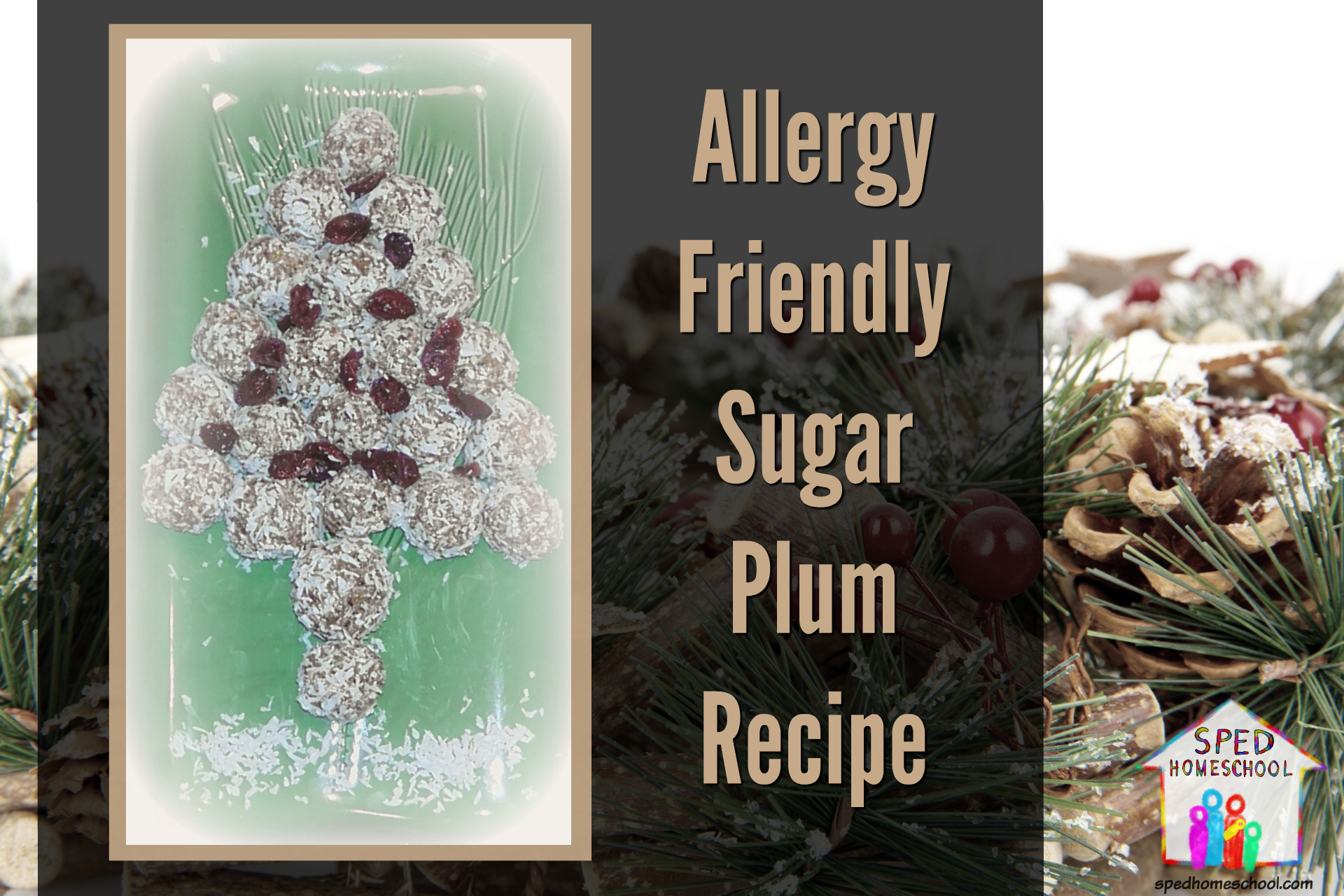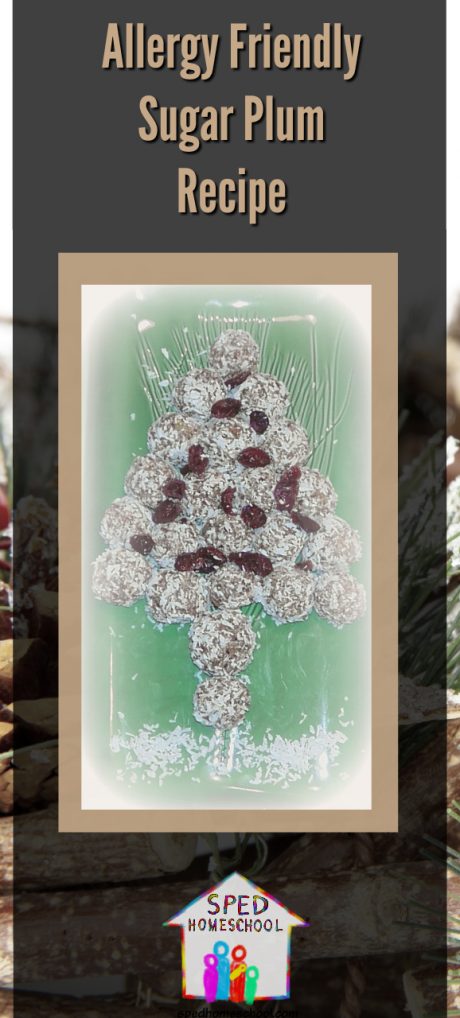
By Jan Bedell, PhD, M ND
An often overlooked piece of the puzzle for children that may be struggling emotionally, behaviorally, or academically is nutrition. The child’s metabolic system, its internal chemistry, can have a lot to do with the way they feel in general. As you know, an irritable child has trouble in every area of life from social interaction to academic performance and everything in between. If there are allergies to foods, the whole system reacts and causes cascading negative effects. Below are a few recommendations for all kids to feel their best!
Filtered Water
How much do you weigh? Now, divide that number by 2. This number is the absolute minimum number of ounces that your body needs each day to be healthy. Your brain cells need this water to function properly, so drink up! If you do not filter the water you drink, then your body becomes the filter.
Liquid Multi-Vitamin and Mineral Supplement
Make sure any vitamins and minerals are sugar-free and without dyes. Instead of gummies or chewables, consider liquids because they will absorb faster and more completely than pills. A high-quality mineral supplement must be PH-balanced for the body to assimilate the minerals. Any treatment with supplements is compromised if the diet includes too much refined sugar and saturated fat.
Important Foods to Eat Every Day
- Protein is a great way to start the day and an important part of breakfast.
- Consume more fresh fruits and raw vegetables throughout the day.
- Low-glycemic sweeteners to explore include stevia, xylitol, Sweet & Slender, sucanat, rice syrup, and barley malt. These sweeteners have a lower glycemic index than refined sugars, maple syrup, molasses, or honey. Fructose and agave have low glycemic values; however, if eaten after a large meal, they take on the higher glycemic value of other foods so only consume these on an empty stomach.
Foods to Avoid
- Sugar and sugar substitutes such as corn syrup, NutraSweet, Splenda, Sweet’N Low are heavily processed and can have a range of side effects. Avoid caffeinated drinks that usually also contain lots of sugar. Consider reducing white flour that turns into sugar and instead serve whole wheat and whole grains. These sugars and starches can cause chemical and mineral imbalances in the body. They can negatively affect the mind, body, and emotions. Read labels of all processed food. Did you know there is more sugar in catsup than jam?
- Artificial food coloring, food additives and preservatives can cause negative chemical reactions in the body.
- Cow’s milk that is homogenized and pasteurized creates mucus in the respiratory tract and holds mucus in the intestinal tract. Consider rice dream milk or almond milk without sugar.
- Hydrogenated oils impair the blood-brain barrier where nutrients are exchanged for waste in brain cells. These oils clog the bloodstream and can cause coronary problems.
- Wheat and gluten are also foods that can negatively affect a child’s gut. The gut has been called the second brain. Symptoms of gluten-sensitivity are abdominal cramping, diarrhea, poor sleep, rashes, and foggy thinking, to name a few.
Dr. Jan has seen nutrition as a significant factor for children with learning struggles but, again, only part of the puzzle. As a NeuroDevelopmentalist for over 25 years, she knows that you have to take into consideration all of the child’s development. The great news is that it is never too late to change the brain and increase the individual’s overall function. For more information about The NeuroDevelopmental Approach to Life, visit www.BrainSprints.com.
Check out our comprehensive resource for diet and food issues!
REFERENCES
- Aihara, Herman. Acid & Alkaline.
- Baroody, Theodore, A., Ph.D., N.D. Alkalize Or Die.
- Beatty, Paul F. “Attention Deficit or EFA Deficient? Essential Fatty Acids For the Hyperactive Child.” Alive Magazine. Sept. 1996:13.
- The Brain Train. 3300 Bee Caves Rd. Suite 650, Austin, Tx 78746. 512-347-0053. Fax 512-347-0053#51
- Bridge, Ivy. “Hyperactivity/Attention Deficit Disorder.” The HANDLE Institute. www.handle.org.
- www.liquidhealthinc.com; 1-800-995-6607
- Podell, Richard N. M.D. The G-Index Diet: Controll Your Glucose Level And Lose Weight Now. New York:Warner Books.
- Richard, David. “Questions & Answers About Stevia.” http://www.stevia.com/SteviaArticle.asp?ID=2269
- Stevens, Laura. “Lack Of Omega-3 Fatty Acids Linked to Childhood Behavioral Problems.” NFM’s Nutrition Science News. December 1996:4. www.newhope.com/nsn
- Stephens, Lynn. “The Awesome Agave.” http://www.shakeoffthesugar.net/article1042.html
- Gershon, Michael D, M.D. The Second Brain
- Davis, William, M.D. Wheat Belly
Did you benefit from this article?
Would you consider a small donation to support the on-going work of SPED Homeschool?
Click Here to Donate Today



